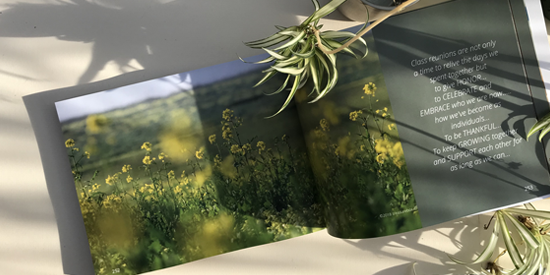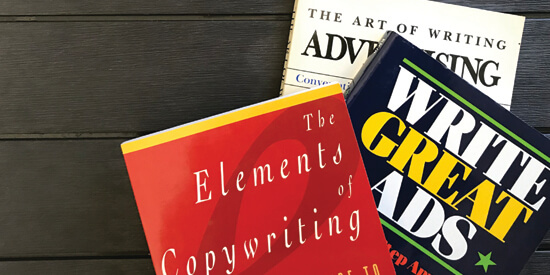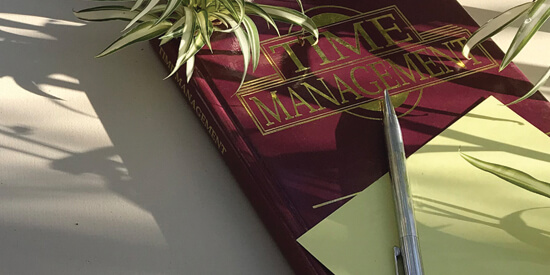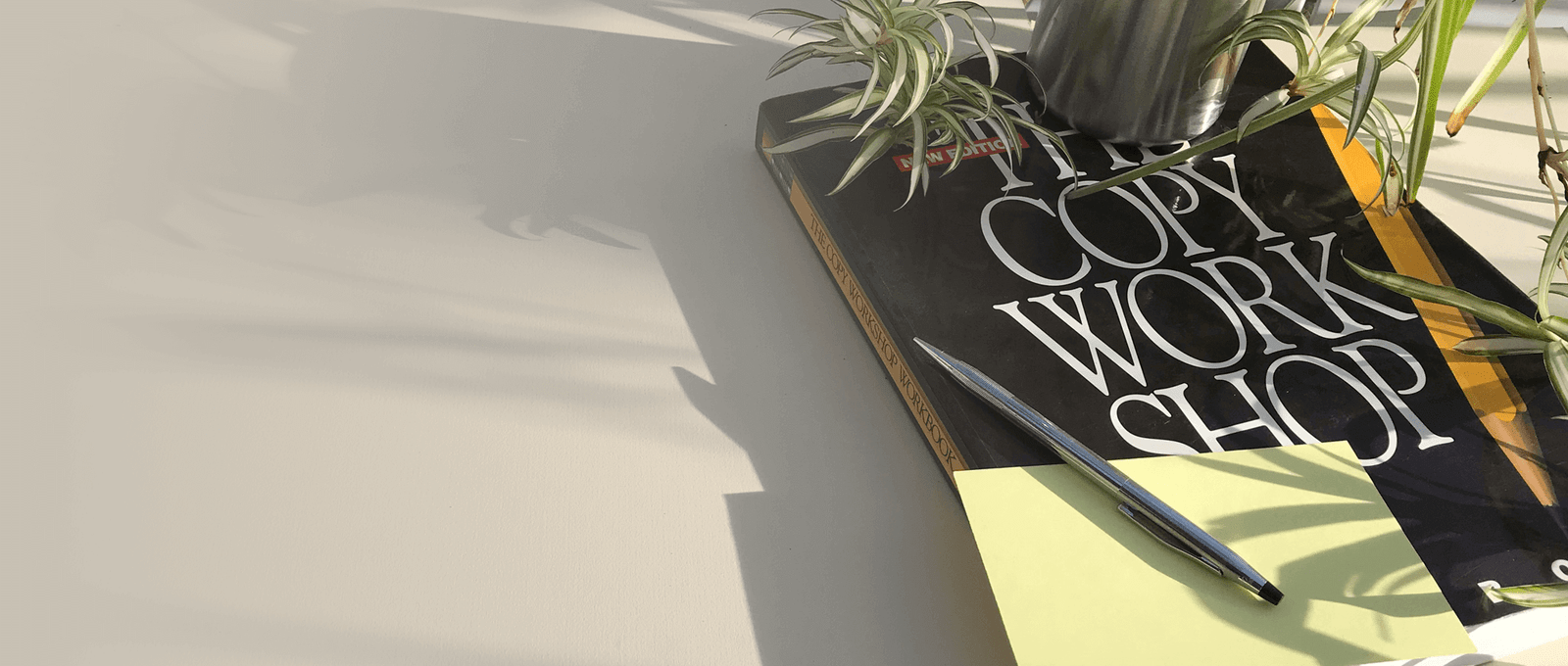

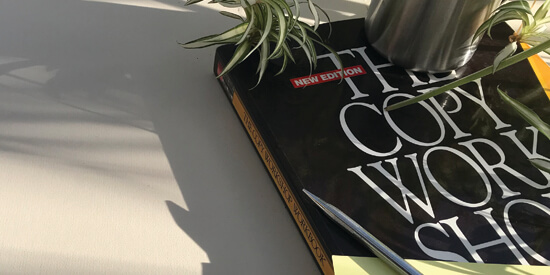
Post #52:
This guide is your key to discovering proven techniques that simplify complex ideas, enabling your message to resonate effortlessly with your audience.
In the realm of copywriting, precision and clarity are paramount. Learn the art of making concise language choices that cut through the noise and deliver your message with impact. Dive into strategic structuring techniques that ensure your copy flows seamlessly, keeping your readers engaged and informed.
This guide is designed to empower you with the skills to craft compelling copy that captivates your audience. Uncover the secrets of precision and clarity, ensuring that every word you choose leaves a lasting impact on your readers. Elevate your copywriting game by not only making your messages clear but also ensuring they are compelling and memorable.
"The Art of Clarity in Copy" goes beyond the basics, providing actionable insights that will transform your copywriting approach. Whether you're a seasoned copywriter or just starting out, this guide equips you with the tools to make your messages resonate, ensuring that your words not only communicate but also leave a lasting impression. Join us in mastering the often underestimated skill of clarity in copywriting and watch your messages become powerful, persuasive, and unforgettable.
Understand Your Audience
Tailor your language and tone to match your audience's familiarity with the subject matter. Speak their language to enhance understanding.
Simplify Sentence Structure
Opt for straightforward sentence structures. Break down complex ideas into simpler components, allowing readers to digest information one step at a time.
Use Clear and Concise Language
Choose words with precision. Avoid unnecessary jargon or overly complex vocabulary, opting for words that enhance clarity without sacrificing meaning.
Create an Outline
Plan your copy with a clear outline. Ensure a logical flow of ideas, making it easier for readers to follow the progression of your message.
Focus on Key Messages
Identify and emphasize the core messages. Prioritize the most important information, allowing readers to grasp the primary ideas without getting lost in details.
Eliminate Ambiguity
Weed out any ambiguous phrases or unclear expressions. Aim for absolute clarity by providing precise details and avoiding vague language.
Incorporate Visual Elements
Enhance clarity with visuals. Use diagrams, charts, and images to supplement your copy, providing an additional layer of understanding for visual learners.
Get to the Point Quickly
Capture attention early and get to the main point swiftly. Clarity thrives when the central message is presented promptly, allowing readers to grasp the purpose immediately.
Seek Feedback
Test your copy on a diverse group and gather feedback. Use insights from real readers to identify potential areas of confusion and refine your writing accordingly.
Clarify Technical Terms
If your topic involves technical terms, provide clear definitions. Don't assume prior knowledge; make it easy for readers to comprehend specialized terminology.
Avoid Redundancy
Cut unnecessary repetition. Redundant phrases often compromise clarity. Streamline your copy to convey your message succinctly.
Read Aloud
Read your copy aloud to yourself. This technique helps identify awkward phrasing or convoluted sentences that might hinder clarity.
Create Clear Transitions
Guide readers smoothly between ideas. Use clear transitional phrases to signal shifts in thought, preventing confusion as your copy progresses.
Provide Examples
Use relatable examples to illustrate complex concepts. Real-world scenarios help readers connect with and understand abstract ideas more effectively.
Be Mindful of Sentence Length
Vary sentence lengths to maintain reader engagement. Shorter sentences can simplify complex information, while longer sentences can provide depth.
Use Analogies
Analogies can be powerful tools. Compare complex ideas to familiar concepts, making it easier for readers to grasp the essence of what you're conveying.
Test Readability
Check your copy's readability using online tools. Ensure your content aligns with the appropriate reading levels for your target audience.
Address FAQs
Anticipate reader questions and address them within your copy. This preemptive approach contributes to a clearer and more comprehensive understanding.
Cut Unnecessary Details
Pare down excessive details that may cloud your main points. Focus on the essentials, offering just enough information for a thorough understanding.
Iterate and Refine
Embrace an iterative process. Refine your copy through multiple drafts, seeking continuous improvement in clarity with each revision.
By incorporating these tips, you can master the art of clarity in copywriting, ensuring that your writing effectively communicates complex ideas with simplicity and precision.
on art and home decor (5)
on communication (2)
on design (4)
on painting (1)
on planning (3)
on social media (2)
on writing (5)
